Packaging Methods for Notebook Printing
 Jul 05,2024
Jul 05,2024

 SESE
SESE
Packaging Methods for Notebook Printing
When it comes to notebook printing, choosing the right packaging is essential to ensure the product's safety during shipping and handling, as well as to create a positive unboxing experience for the customer. Various packaging methods cater to different needs, from protection and durability to aesthetics and branding.
1. Mailer Box
|
|
Mailer boxes are a popular choice for shipping notebooks due to their robust construction and ease of use. Made from corrugated cardboard, these boxes are designed to be self-sealing and provide excellent protection against physical damage. Mailer boxes can be customized with branding and graphics, making them an attractive option for businesses looking to enhance their brand image. |
|---|
2. Lid and Base Box
Lid and base boxes, also known as rigid boxes, consist of two separate pieces: a lid that fits over a base. These boxes are often used for high-end notebooks because they offer a luxurious unboxing experience. The sturdy construction of lid and base boxes ensures that the notebooks are well-protected, and the boxes can be customized with various finishes, such as embossing or foil stamping, to create a premium look. |
|
3. Magnetic Box
|
|
Magnetic boxes are similar to lid and base boxes but come with the added feature of magnetic closures. This type of packaging is ideal for notebooks that are positioned as luxury or gift items. The magnetic closure provides a secure yet elegant opening and closing mechanism, enhancing the overall user experience. Like other rigid boxes, magnetic boxes can be extensively customized to reflect the brand's identity. |
4. Polybag
Polybags are simple plastic bags that offer basic protection for notebooks. They are an economical choice and are often used for bulk packaging or as an additional layer of protection within another box. While polybags do not offer the same level of impact resistance as other packaging options, they protect against dust, moisture, and scratches. |
|
5. Poly Bubble Bag
|
|
Poly bubble bags are plastic bags with a layer of bubble wrap inside. These bags provide better protection than standard polybags by cushioning the notebooks against impacts and rough handling. They are commonly used for shipping individual notebooks or smaller quantities and are an affordable option for added protection. |
6. Shrinking Wrapped
Shrink wrapping involves encasing the notebook in a plastic film, which is then heated to shrink tightly around the product. This method provides a tamper-evident seal and protects the notebook from dust, dirt, and moisture. Shrink wrapping is commonly used for notebooks sold in retail environments or as an additional protective layer within another form of packaging. |
|
7. Slipcase
|
|
A slipcase is a protective cover that fits over the notebook, similar to a sleeve. It provides an additional layer of protection and enhances the presentation of the notebook. Slipcases are often used for special editions or collectible notebooks and can be made from various materials, including cardboard, fabric, or leather, depending on the desired aesthetic and level of protection. |
8. Extra Foam Packing
Extra foam packing involves placing foam inserts or padding around the notebook within its packaging to provide additional cushioning. This method is particularly useful for notebooks that need to withstand rough handling during shipping. Foam packing can be customized to fit the exact dimensions of the notebook, ensuring a snug and secure fit that minimizes movement and potential damage. |
|





 Home
Home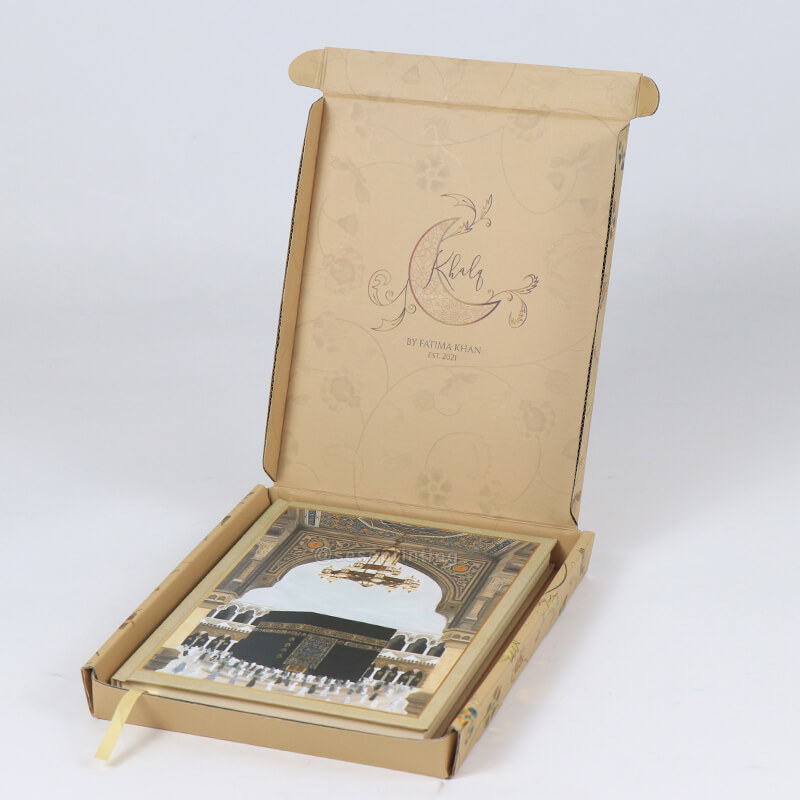
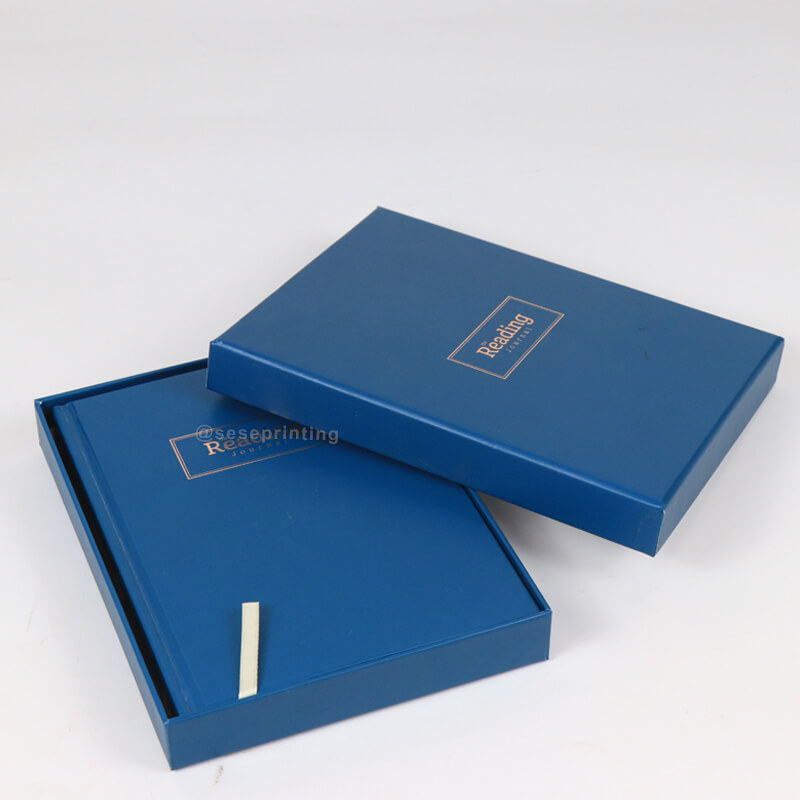
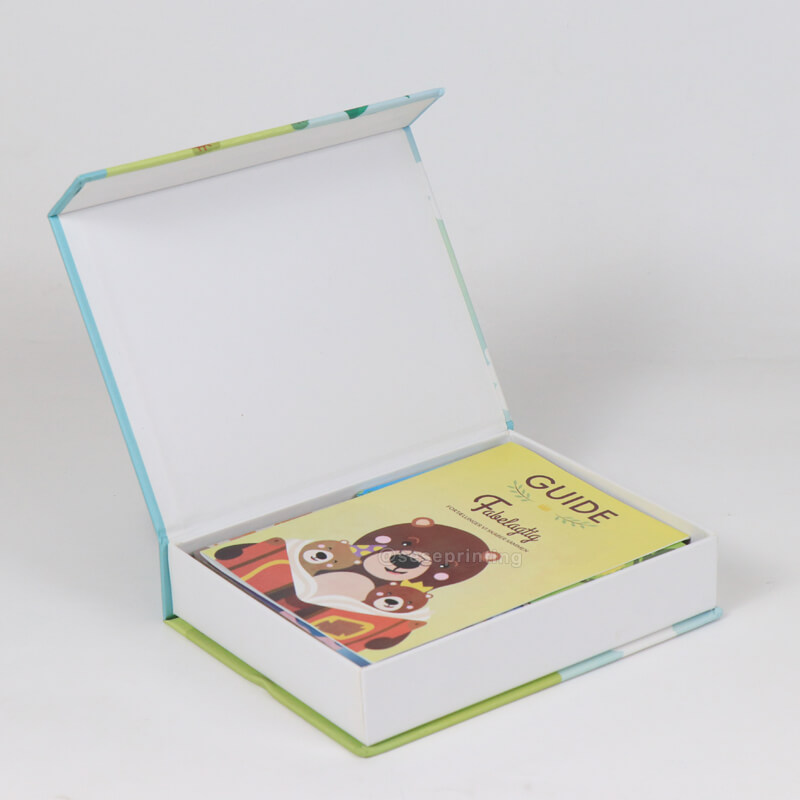
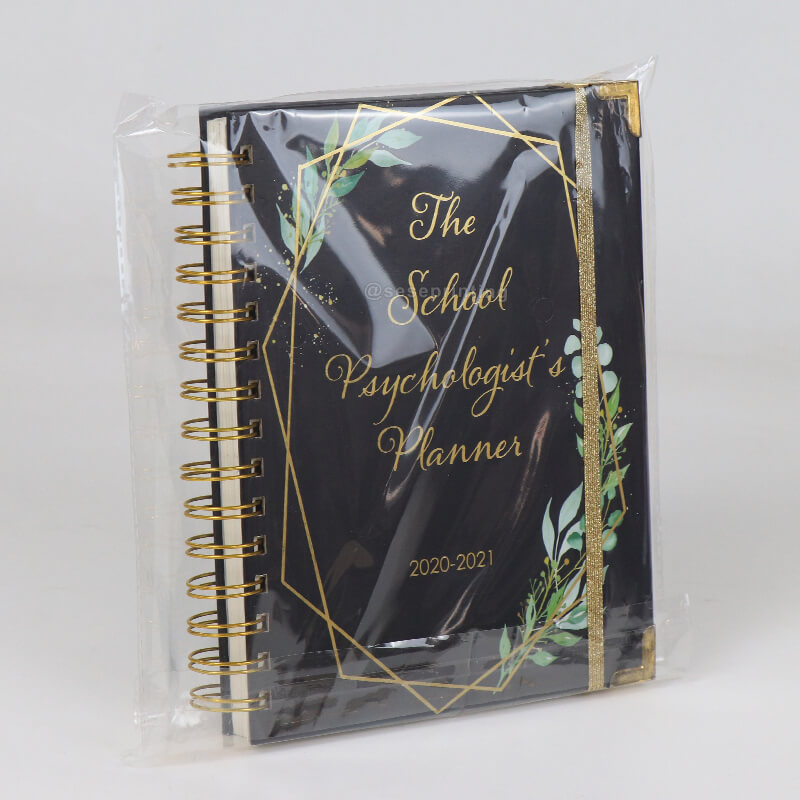
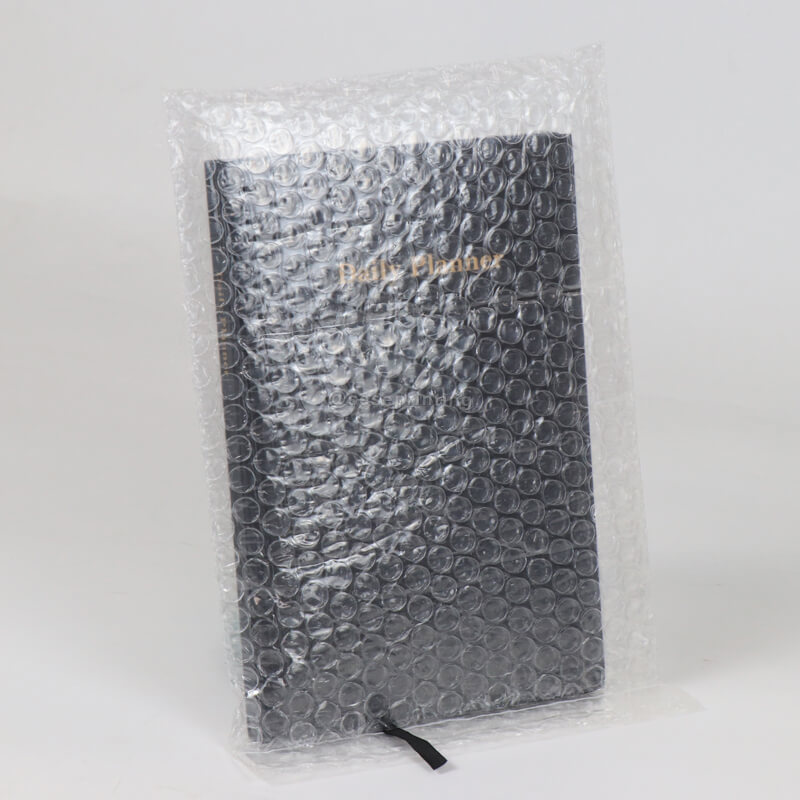
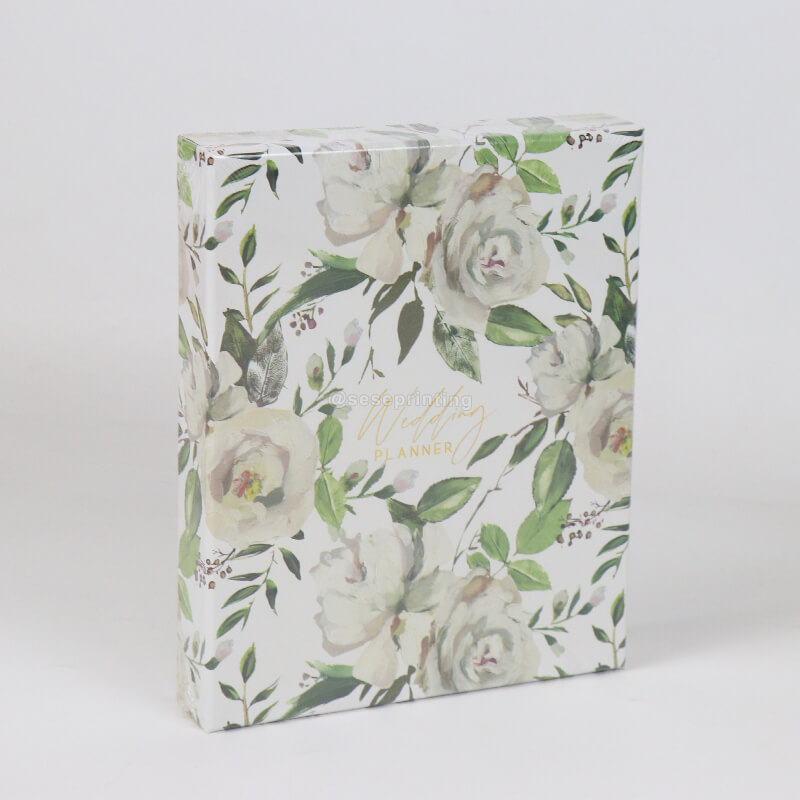
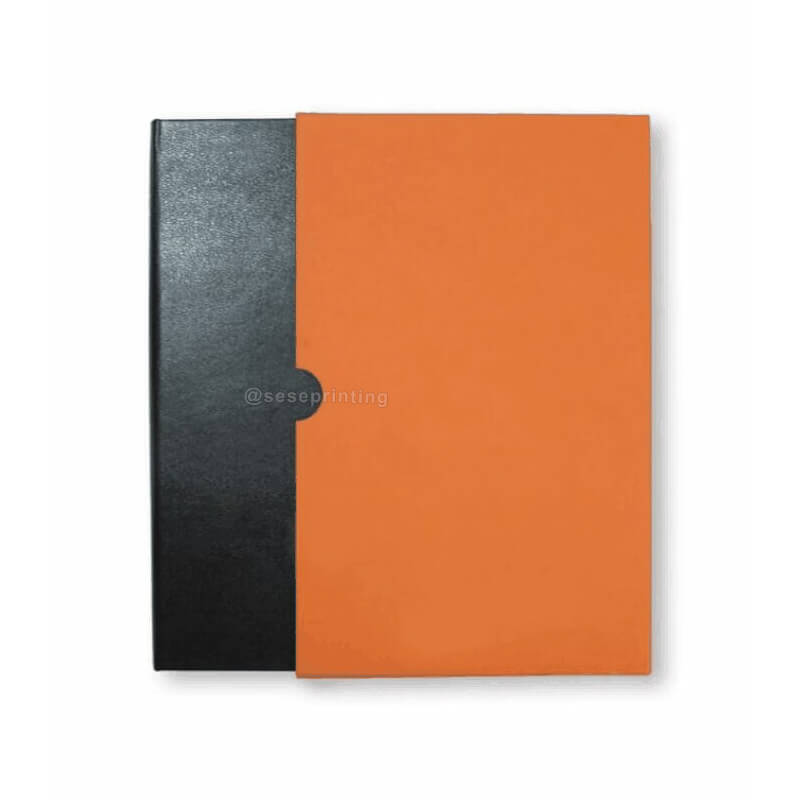
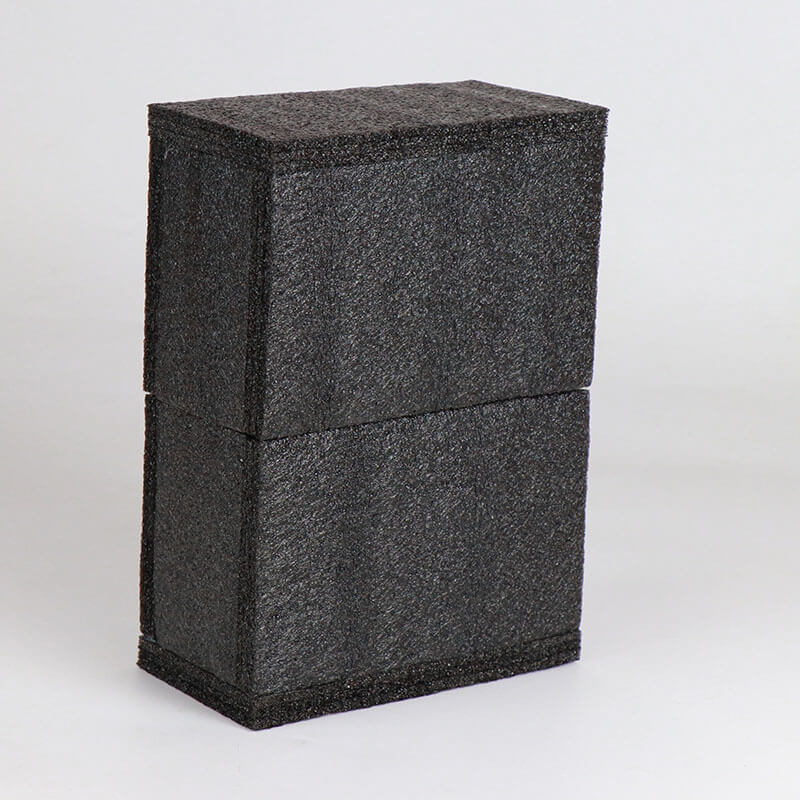
 Finishing Techniques for Custom Hardcover Book Printing
Finishing Techniques for Custom Hardcover Book Printing  You May Also Like
You May Also Like
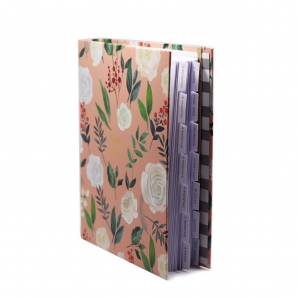

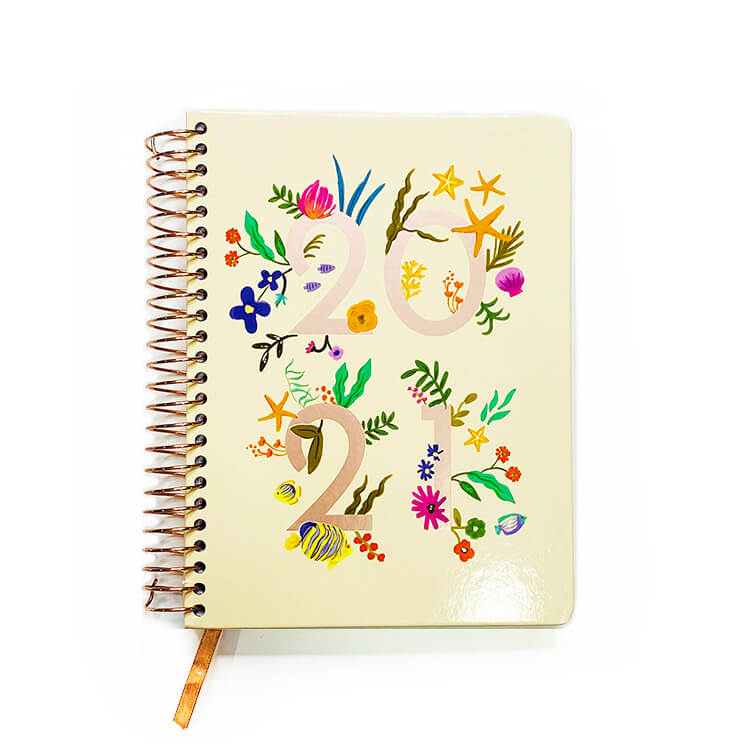

 Tel
Tel
 Email
Email
 Address
Address







